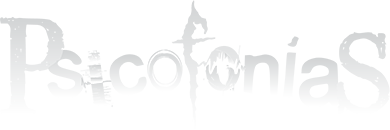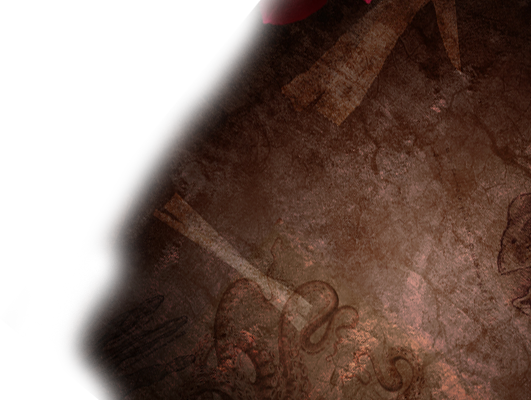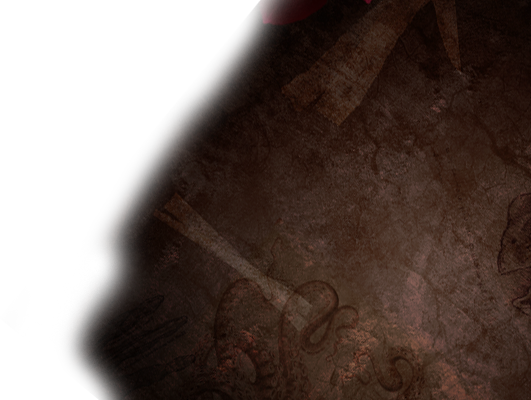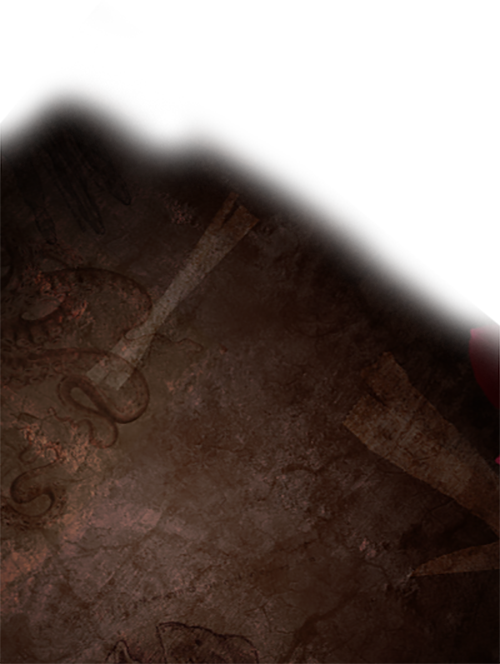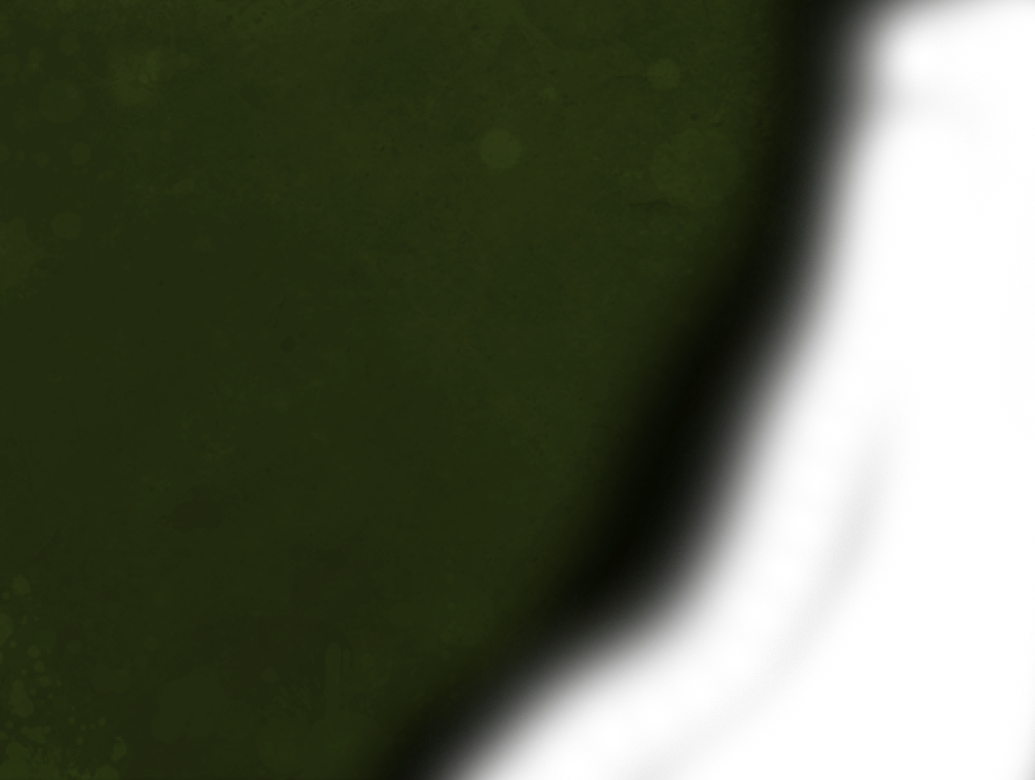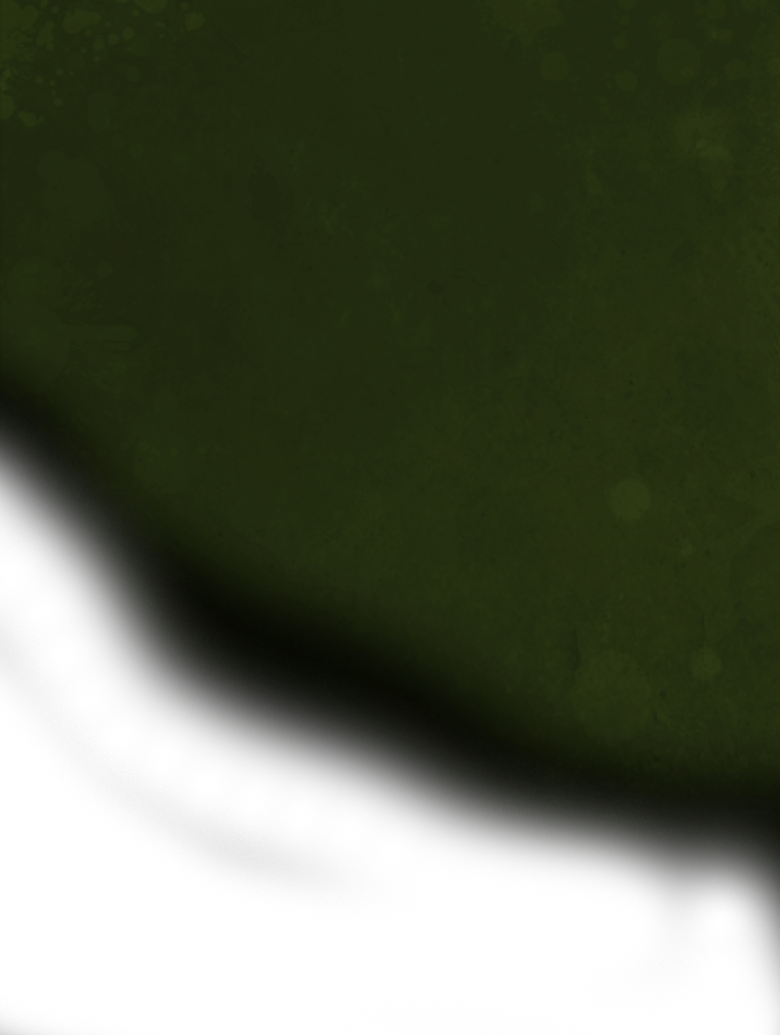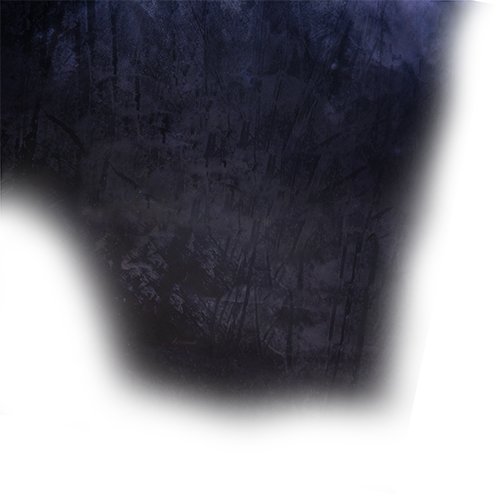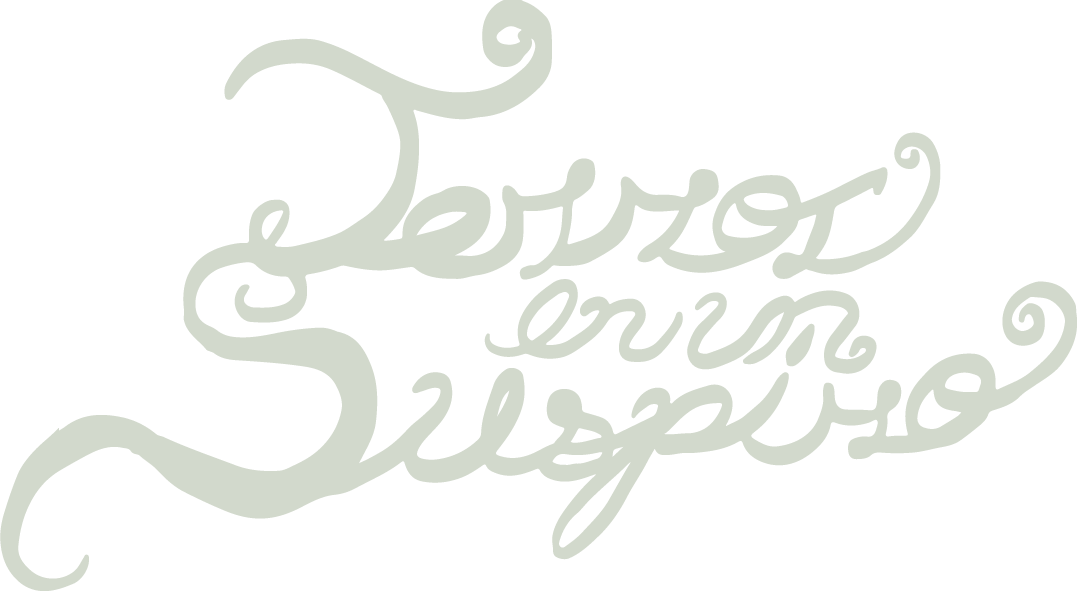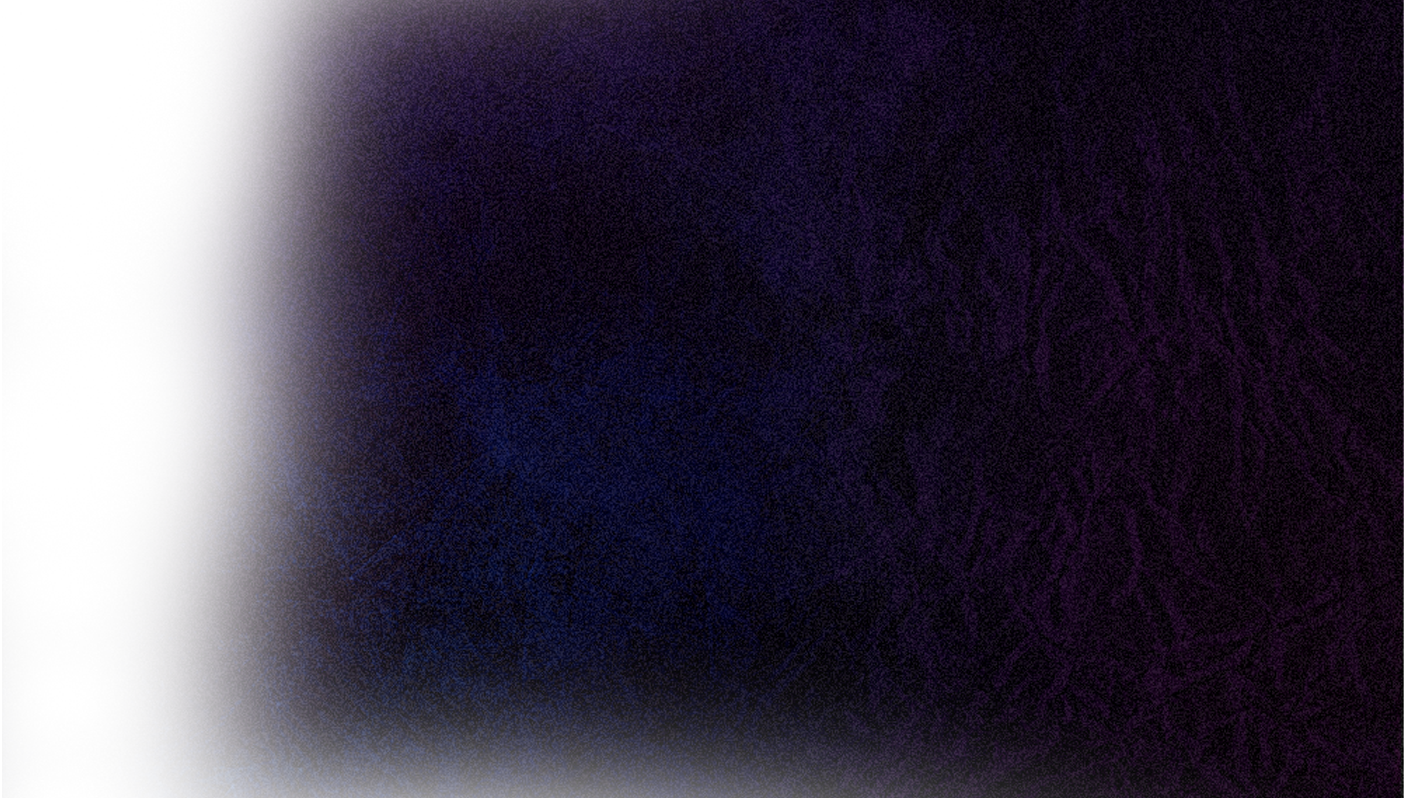Drawknives And Drawshaves
You might want to fix the drawknife in place with a vice before you try this. Make sure that you match the bevel angle and regularly inspect the edge for consistency. Once you’re happy with the grind angle and look of the reset bevel, it’s time to get it sharp. Once again, how to use a drawknife fix the drawknife into place with a vice or on a table. The process is pretty straightforward but will take quite a bit more work if your knife is very dull or rusted. If you’ve just dug up an old knife and want to get it redone, start by removing all the rust.
To make the blade more manageable, the tangs are covered with wooden handles. Most handles are bent at angles to the blade, but a few come straight out. The drawknife can tackle both convex and concave surfaces, pare wood down exactly to a line, and hog off wood very quickly.
Almost forgotten, this simple and versatile tool has been used for millennia to shape wood. Oliver recently built a fence using traditional methods at Melliodora. Old branches had the sap wood removed to reveal the beautiful textured heart wood underneath.
Woodpeckers Shop Upgrade Giveaway
When you’ve gone deep enough for your bowl, switch to an adze with a shorter handle. Work along the sides of the bowl, a little more delicately, to define it shape. Using an adze with a long handle or a foot adze, begin by sloughing away in one area at the center of your stock.
- The best operational stock is the one in which the wood grain goes parallel to the horse and is upright to its blade.
- For mastering this skill, it is essential to have the most supporting tools in your toolbox, and a drawknife is one of them.
- As with a bench chisel, you use the tool bevel-up for hogging off large chips, and flip it over with the bevel down for finer, controlled work.
- However, they can also be used to make straight cuts.
- This is because of what these knives are used for.
And here is the shave horse I built based on the Lie-Nielsen. In addition to reducing the angle of the lower jaw, I also changed the shape of the seat. A while back I built aPerch stool, designed by Pete Galbert and really liked the comfort of the seat. I used the same seat, raised slightly in the back as it is in the stool, for this horse. The flat bottom, with a completely flat sole, is on the left.
Drawknife Review
The thin blade lends itself to create complex concave or convex curves. As with most woodworking tools, do your best to cut along the grain, not against it. Try to make uniform cuts – if you go too deep with the cuts, too fast, you can damage both the piece of wood you’re working on and the drawknife itself.
Of all the tools that students come to class with, the card scraper seems to be the most misunderstood. Once I show my students how to properly sharpen a card scraper they are usually amazed at the fine shavings they get compared to the dust they are accustomed to. This tool does an excellent job at removing the fine facets left by the spokeshave and is also great at removing tear-out. Probably the most common mistake my students make when sharpening a scraper is to turn too heavy a burr. Brian has a couple of very good videos on the Fine Woodworking web site.
On the other hand, straight drawknives are an excellent choice for making fine smooth cuts. Both kinds provide results, though, and the best kind of drawknife is “one that cuts”, as the popular saying about cutting tools goes among woodworkers. Time and practice is more important for learning to use a drawknife than whether it’s curved or straight. It’s been so long since I used a draw knife I didn’t remember which way the handles were bent.
A spokeshave can be used for either a push or a pull stroke. First, here’s how to use a spokeshave for the pull stroke. Once you make some passes with the tool, hold it at a slightly skewed angle to achieve a shearing action that produces a much cleaner cut. You’ll get a better cut by slicing and the blade will wear evenly and last longer than simply cutting in the middle each pass.
I tried out a set of four and enjoyed using all of them. Veritas added a new concave spokeshave in their lineup. Like the other handplanes in its line, the company focused on improving traditional feed mechanisms and blade adjustments. Like the company’s flat and round spokeshave, the new concave spokeshave features two thumbscrews to adjust and control blade skew and depth of cut.
Country Workshops sellsplans and a fully assembled shaving horse. I have a couple of friends who have built this horse and like it. The detailed plans include a cut list, parts list, lots of drawings, and thorough step-by-step instructions. The main body of this horse can be made from a single 2 x 10 x 10.
The blade types are- flat, conclave, and convex. And the sole types are- flat, round, concave, convex. After combining all these, we get 4 types of spokeshaves.
The spokeshave has two handles extended from the middle. Another part of the spokeshave is called the sole. Most people can’t even tell apart these two tools at first glance. But it’s super important to know https://aldebaranpatagonia.com/how-to-use-a-drawknife/ the differences between these two. Because in the case of pitch-perfect woodworking, these differences do matter. There are a couple of other options that I know of for shaving horse designs and plans.
A common uses for a drawknife is stripping bark. Smaller logs are locked in place with a vise or a shaving horse; larger logs may stay in place from their own weight. To debark pull the blade with consistent pressure and fast movements toward your body, repositioning the log as needed. Shaving smaller pieces of wood with a drawknife is usually done while seated at a shaving horse. A shaving horse is a bench that clamps the wood in place.
A lot of times, you’ll need to carve off hardwoods. There are certain qualities that make https://aldebaranpatagonia.com a great drawknife. It is these that you should be looking for when you buy a drawknife.
